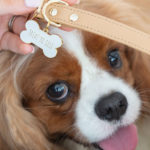Congratulations on your decision to bring home a new best friend! The first time you bring your new puppy home is a big deal for both of you — and one of the pivotal and most memorable moments of your life together. One of the first things to remember about young puppies is that they are, well, babies. Most puppies have never been separated from their mother or siblings, so this is all new to them. Keeping this in mind, it’s critical to play an active role in acclimating your new pet to their new environment.
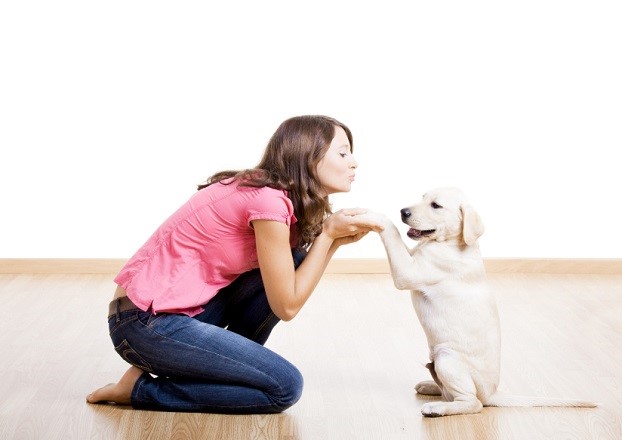
Create a Safe Zone for Your New Best Friend
The first couple of days will be challenging, no matter what the size or breed of your new pet. So before bringing your new puppy home, prepare yourself and your home, and you will be set for success. Make sure you have everything a puppy needs, such as food and water bowls, puppy food and treats, chew toys, blankets and small dog beds.
Set aside one area or room as the “new puppy zone,” where your furry buddy can feel safe while adjusting to their new home; prepare for any inevitable accidents by coating the floor with newspaper or old rags that you don’t need. You can immediately create a cosy environment for your puppy by providing chew toys and a clean blanket.
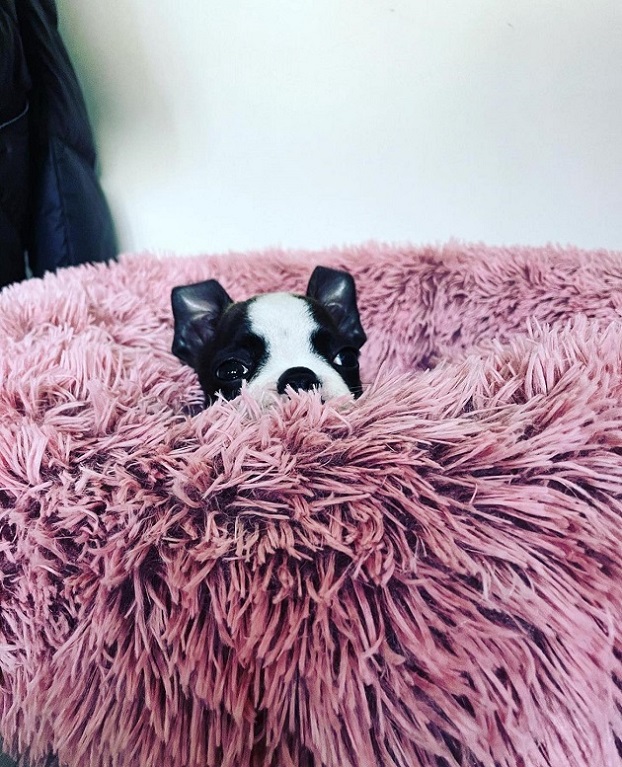
Your new space-savvy small dog beds should be well-padded and made of comfortable yet durable materials. It’s best to place them somewhere comfortable where it’s warm and noise-free. You can put one bed in a quiet area of the house where they can sleep undisturbed, and the other in a room where the family spends time so they can be in your company while relaxing or sleeping in a comfy setting.
Older dogs or dogs with particular health issues, such as aches or joint abnormalities, may benefit from an orthopaedic or memory foam dog bed that they can easily get in and out of. Finally, keep electrical cables, chargers, shoes, socks, and other small objects out of reach of a puppy throughout the house.
It’s Never Too Early For Adequate Housetraining

Though accidents are a part of puppy parenting, implementing proper housetraining as soon as you bring your puppy home is a tiny detail that will make a significant difference. Spend some time assisting your little companion in finding a suitable location outside, instead of their small dog beds or your precious furniture inside – they’ll appreciate having a familiar place to fulfil their physiological needs.
Just like with little kids, praise your dog when he or she completes a task successfully. Patience and love are expressed in a universal language that everyone can understand, so be there for them when they are stressed out or running around confused not knowing what to do. And don’t worry if they decide now isn’t the time to go. Simply go back inside and try again the next time nature seems to be calling.
Another point of focus is teaching them to get into their crate (if you’re planning on having one). It may appear counterintuitive to start placing your new puppy in its crate straight away, but you’re simply aiming to provide a comfy space where they can take a break when necessary.
It can take a few days to a few weeks to get your pup used to being in a crate. On the first day, start guiding your pup inside the crate with goodies. Give them another prize if they stay in there for a while. If necessary, place their fluffy dog bed small in size inside for extra comfort. Soon, the dog will see the crate as personal space and will enter it voluntarily when you need to run to the store for a few minutes.
Stock Up on Healthy Food and Chewing Toys
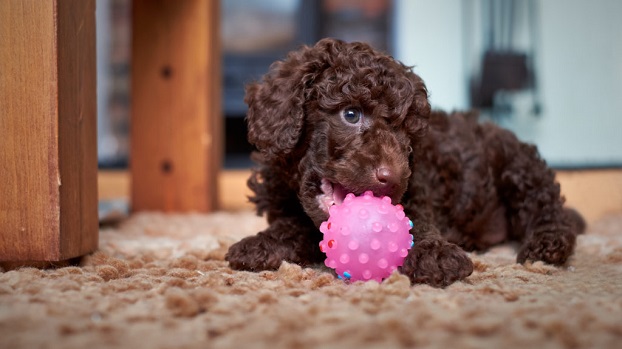
Feeding your new puppy high-quality meals will provide them with the nutrients and energy they require to thrive. A fresh-cooked meal produced from whole food sources has the advantage of allowing key vitamins and minerals to be more easily absorbed. If you’re new to this, you may want to begin with purchasing pre-portioned containers that include just the proper amount of food to match your pup’s daily calorie requirements, so you can rest assured that your pup is adequately nourished at every meal.
All puppies, regardless of breed, gender, or personality, go through the dreadful teething phase. A dog, like a baby, will nibble on objects to reduce the pain that teething causes them to feel. If you do not provide suitable chew toys for your puppy to gnaw on during this age, he or she may chew on items around your home such as shoes, brushes, remotes, and even walls. So, save a pair of shoes and the remote and provide your pooch with a selection of chew toys with varying textures. Always keep an eye on your dog during playtime. If any toy’s pieces become separated or fall apart, the toy should be removed immediately so they don’t swallow it.
How to Teach a Puppy to Walk on Leash
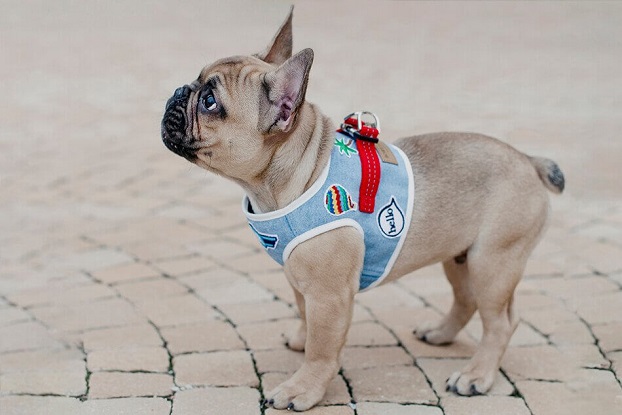
Walking a dog on a leash is something that every dog should be able to do. It not only allows them to go with you, their favourite human, but it also keeps them secure (and protects other dogs and people, too). Whether you live in the city or prefer the peace and quiet of the countryside, your dog should almost always be walked on a leash.
It takes time to teach them to walk by your side, but with patience and good reinforcement, you and your dog will soon be enjoying daily walks together. And the fundamental training cycle should be as follows:
- Invent a Marker and Stick to It
A marker (or bridging stimulus) is a sound or hand signal that pinpoints the precise instant your dog performed an action that earned them a reward. - Create a Positive Association
Your dog must be comfortable and like wearing walking equipment before embarking on an outdoor trip with you. Practice at home. - Experiment With “Come”
Teaching your dog to return while on a leash is an excellent approach to avoid future concerns such as pulling or forging ahead. It also provides an excellent opportunity to train your dog to come on command without the fear of him bolting. - Practice Outside
Once your dog has mastered the fundamentals of leash training indoors, you can begin to move outside, but make sure to choose a location with few distractions. - Increase the Distance Gradually
Begin to gradually transition from your house to the neighbourhood. Be sure to continuously mark and reinforce your dog’s progress in this set of skills. Continue to persist and keep a positive attitude!
Remember that, despite their seemingly limitless activity, puppies have short attention spans. Expect a young puppy to accompany you on extended walks when they are more mature. Allow your dog to sniff, mark trees and bushes, and simply enjoy being outside with you.


